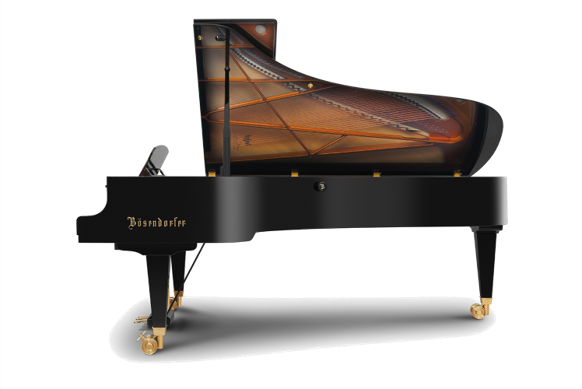%20DSCF8339.jpg?width=700&height=230&name=Hubspot%20banner%20(hand%20eye)%20DSCF8339.jpg) "Eye–hand coordination (also known as hand–eye coordination) is the coordinated control of eye movement with hand movement, and the processing of visual input to guide reaching and grasping along with the use of proprioception of the hands to guide the eyes." https://goo.gl/oRuh7U
"Eye–hand coordination (also known as hand–eye coordination) is the coordinated control of eye movement with hand movement, and the processing of visual input to guide reaching and grasping along with the use of proprioception of the hands to guide the eyes." https://goo.gl/oRuh7U
There are several rites of passage in our lives when we discover that our hand-eye co-ordination might not be what it could or even should be. We might be the last child to be picked for games, due to our inability to catch or hit a ball.
Additionally, we’re a prime candidate for the tag of being a ‘clumsy child’ – something which follows us to adulthood as we notice that we’re never handed the best china or glassware. There may even be activities or skills that you’ve consciously avoided, just because you know you’ll find them so difficult that you’ll get no pleasure from them.
However, there are things you can do to improve your hand-eye co-ordination, and the best news is, most of them are fun. Try some or all of these to improve your ‘wrong’ hand dexterity, and your ability to get the signal from brain to fingers:
- Learn to touch type – and don’t be tempted to look at your hands! Don’t allow your hands to gravitate away from their home position, with your index fingers on the F and J keys, and particularly practise hitting numbers accurately as this will give you greater confidence in hitting wider intervals confidently and accurately. There are several touch typing games available to play online, so building up this skill can be fun as well as useful.
- Get your eyes tested – you might not be as clumsy as you think; you might actually need glasses instead. If you haven’t had your eyes tested in a while, you might find that an update in your prescription improves your hand-eye co-ordination immediately and dramatically. If the lack of peripheral vision you experience with glasses causes you problems, you could try contact lenses instead for sharper all-round vision. Don’t stop with the new glasses; add exercises to improve how quickly you focus on far and near objects.
- Learn to juggle – you might be able to fumble a few passes and catches with two balls, but nothing will benefit and improve your hand-eye co-ordination like juggling with three or more items. YouTube tutorials will teach you basic techniques, but the key is to look to the upper point of where the objects cross each other, and improve the reaction time of your brain’s decisions on where your hands need to move to in order to catch them. Once you’ve mastered basic techniques, make things harder by adding in distractions, such as reciting poetry, or watching television at the same time.
- Learn to do something ‘wrong-handed’ – if you’ve ever broken your writing arm, you’ll be aware of the frustrations of attempting to hold a pen in your less-useful hand. However, improving your weaker hand’s strength and speed of reaction will be helpful in allowing you to trust it not to let you down. Try grip-strength improvement tools as well as simple day to day tasks.
- Learn to play a musical instrument – if you picked up the ‘clumsy’ child label at school, the chances are that you never got past “London’s Burning” on a cheap plastic recorder. The real co-ordination improvers, however, are string instruments, the guitar, and perhaps most of all, the piano. Budget and availability will obviously determine which instrument you sample, but the principles of exercises are the same; swap your hands where possible, and learn to recognise what different notes feel like under your fingers. In addition to being the best way to improve hand-eye co-ordination, playing an instrument is going to be the most fun.
There are plenty of other options for exercises which will help you to improve your hand-eye co-ordination, so find those which work best for you. You might suddenly find that you have a previously untapped musical talent.








